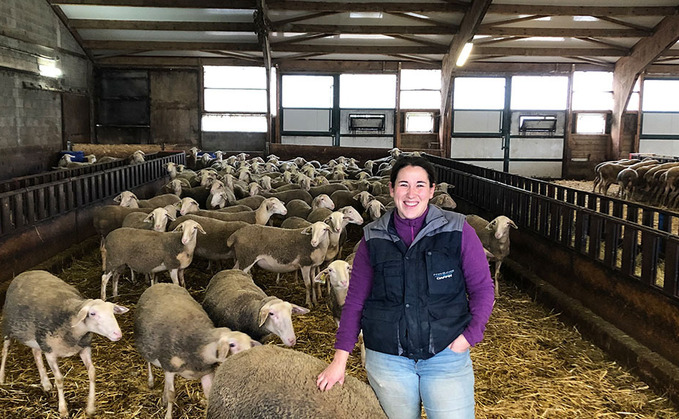
Located in the Aveyron department of France, the Augais family have milked sheep at Mas Andral 51AV��Ƶsince 1985. Hannah Noble met up with them on the trip sponsored by Zinpro to find out more. All the...

Located in the Aveyron department of France, the Augais family have milked sheep at Mas Andral 51AV��Ƶsince 1985. Hannah Noble met up with them on the trip sponsored by Zinpro to find out more. All the...